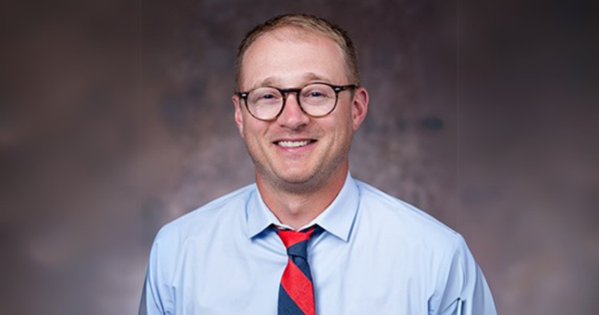The Teacher Down the Hall

In December, SPA Professor Seth Gershenson published his latest in the IZA Institute of Labor Economics Discussion Paper Series (DP No. 17576), “On-the-Job Learning: How Peers and Experience Drive Productivity Among Teachers,” alongside coauthors Romaine A. Campbell (Cornell University), Constance A. Lindsay (UNC-Chapel Hill), Nicholas W. Papageorge (Johns Hopkins University), and Jessica H. Rendon, a PhD student at SPA. In response to growing diversity over time in U.S. public school populations, the piece examined how specific types of experience and peer characteristics affect on-the-job learning among white elementary school teachers and their ability to effectively teach Black students.
The years-long mixed-methods project, funded by the Institute of Education Sciences at the U.S. Department of Education, involved both quantitative analysis of administrative data and qualitative interviews with educators in North Carolina and checked carefully for causal effects.
“We layer on qualitative evidence both as a proof of concept and to learn additional nuances, on 1) how the effects are occurring, 2) the channels through which they occur, and 3) other potential topics for study,” said Gershenson. “In other words, how do teachers learn on the job and improve over the course of their career?”
Traditional understanding holds that, on average, over time, workers get better at their jobs, regardless of sector, by practice and repetition, identifying what works, and discovering hacks to grow efficiency. In addition, we learn from our peers, whether by accepting tips or just mimicking their behaviors.
This type of learning on the job, categorizable as cultural competency or connecting with students from different backgrounds, requires a specific type of peer from that background. In open-ended interviews with white teachers, they frequently invoked the benefits of collaborating and conversing with their peers, particularly those of different backgrounds.
The quantitative analysis of administrative data distinguished between, say, “10 years of teaching experience” from “10 years of teaching experience in a diverse classroom.”
The team found that these different types of experience and types of peers mattered over and above 1) experience level alone and 2) generally effective peers. Black students of white teachers with Black peers and diverse experiences saw significantly improved test scores in math and reading, improved attendance, and fewer suspensions.
“This type of learning-on-the-job is very nuanced,” said Gershenson. “It's something very specific about communicating with students who are different from you and engaging a diverse classroom.”
Gershenson’s earlier work in the series examined only the direct effects of having a same-race teacher, used as evidence to support building a more representative teaching force. This piece goes further by identifying spillover effects of a diverse workforce, in which the presence of a Black teacher in classroom number one indirectly benefits kids in classroom number two.
These findings offer insights to improving Black students’ educational outcomes when facing a disproportionately white teaching force. Peer effects were largest for novice teachers, those typically most open to learning.
“The important thing here is knowing that these spillover and peer effects exist, and that these returns on experience in specific types of classrooms matter,” said Gershenson. “We could think about a more strategic or efficient way to assign teachers to classrooms and grade levels, even within a school. This intervention is cheap (in the sense that it doesn't cost any money) and fairly uncontroversial.”
A new teacher, he explains, may encounter challenges in their first year. To alleviate those, administrators should assign them to a grade with veteran, successful peers of diverse backgrounds. This may involve switching teachers across grades to maximize peer-learning opportunities.
These findings are generalizable across industries, said Gershenson.
“None of this is unique to schools or teaching,” he said. “Whatever industry you're in, think hard about the nuanced experiences across your workforce. How can you create teams in the most optimal, efficient way, leveraging those skill sets and learning opportunities for your employees? A lot of time we maximize output today, but we will short ourselves in the future.”